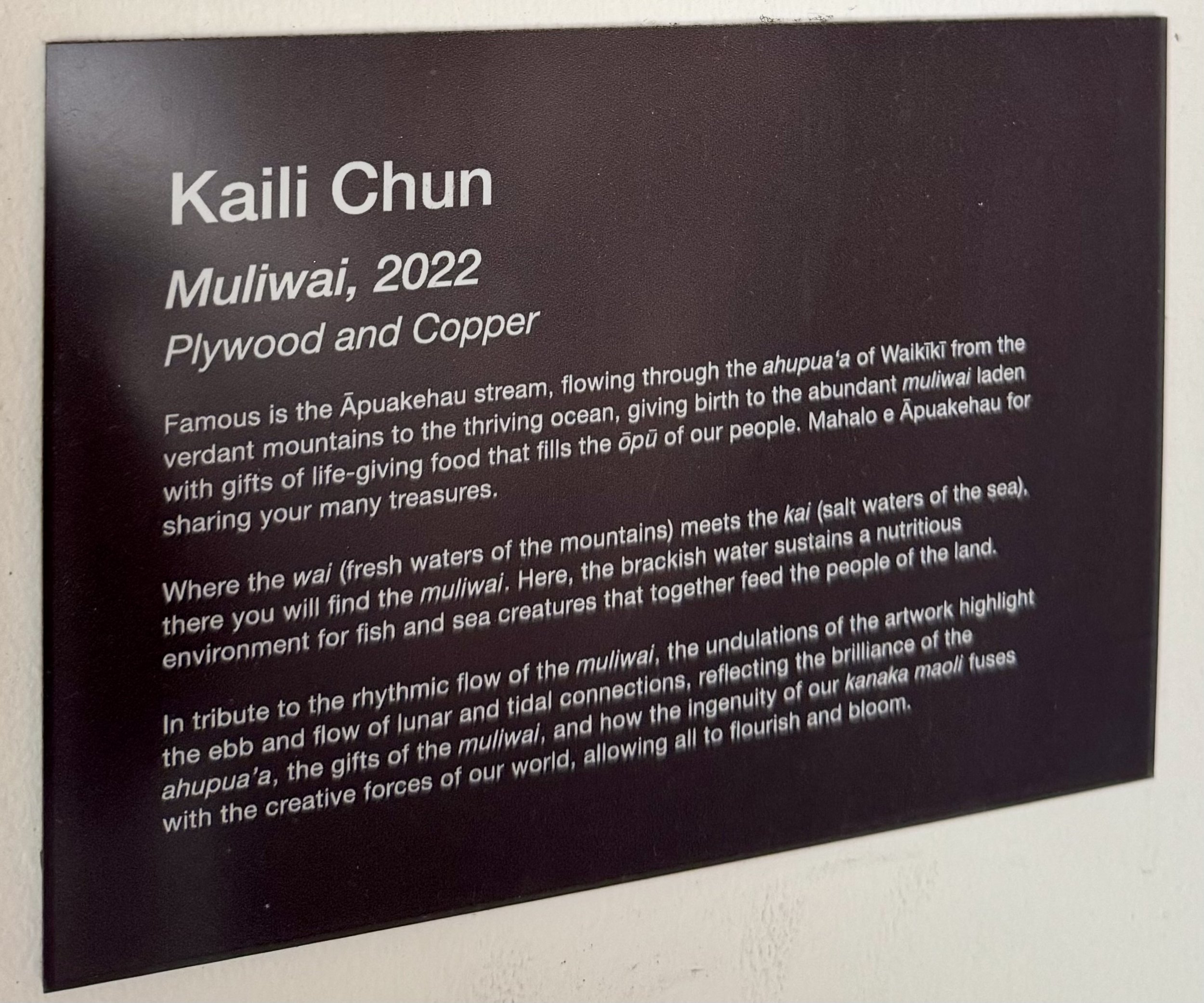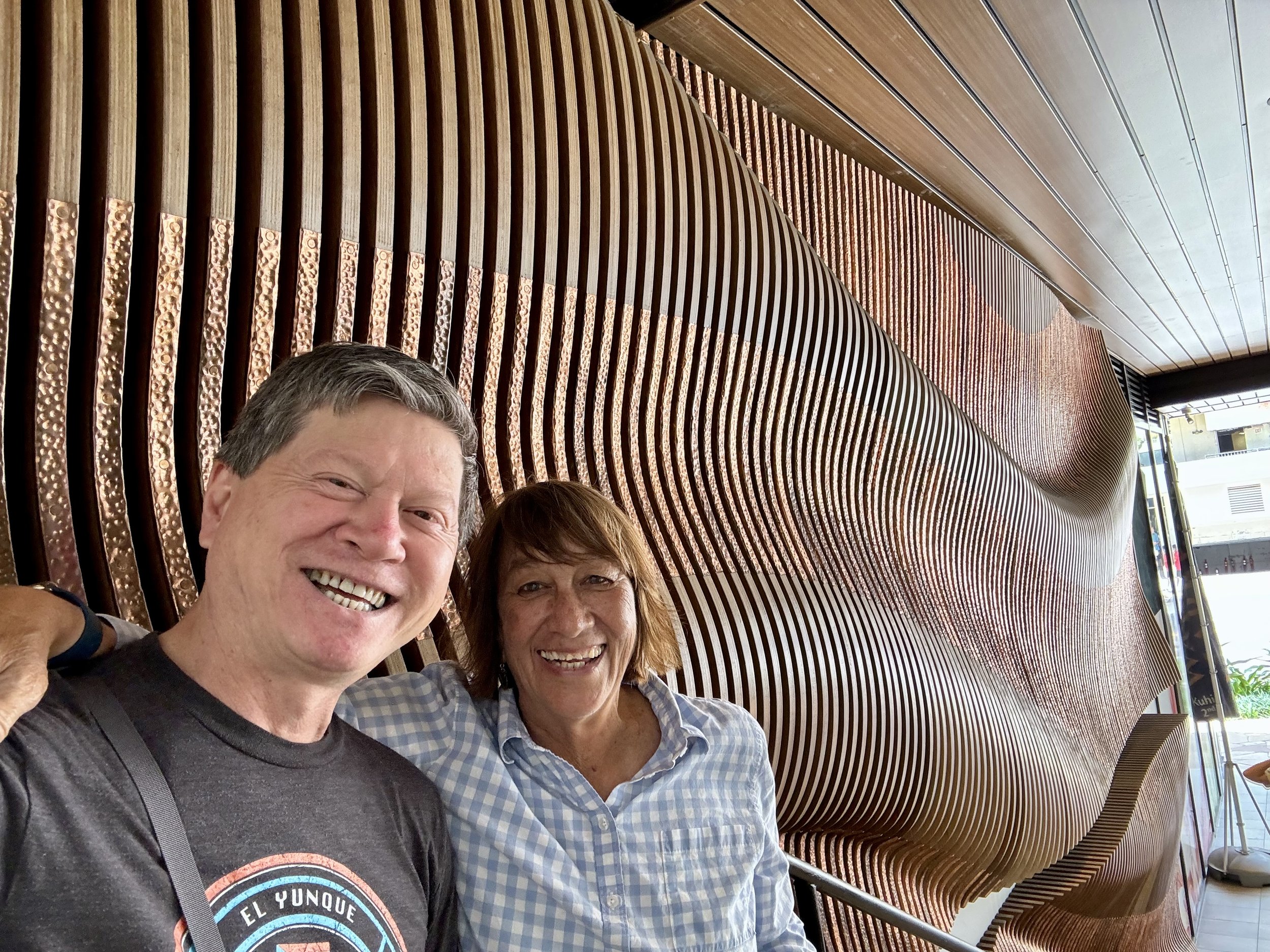Engaged Yoga
Engaged Yoga: Read about Paul’s travels, musings, and what yoga and movement mean in his everyday life.
This past month, I returned to Hawaii to celebrate a milestone birthday for my oldest brother. Coming back home gave me a chance to create some balance in my life as I reconnected with my family and bathed in the natural beauty of this island paradise in ways that touched all my senses. It reminded me that creating feelings of balance in one’s life is so very important.
Keoni Movement Arts
It may be cold outside, but that doesn’t mean you can’t warm up inside! Join us in the comfort of your own home in one of our virtual classes, running now through March 26.
Enjoy the KMA Twitter feed below. To read more, check out our founder Paul Keoni Chun’s blog Engaged Yoga.




